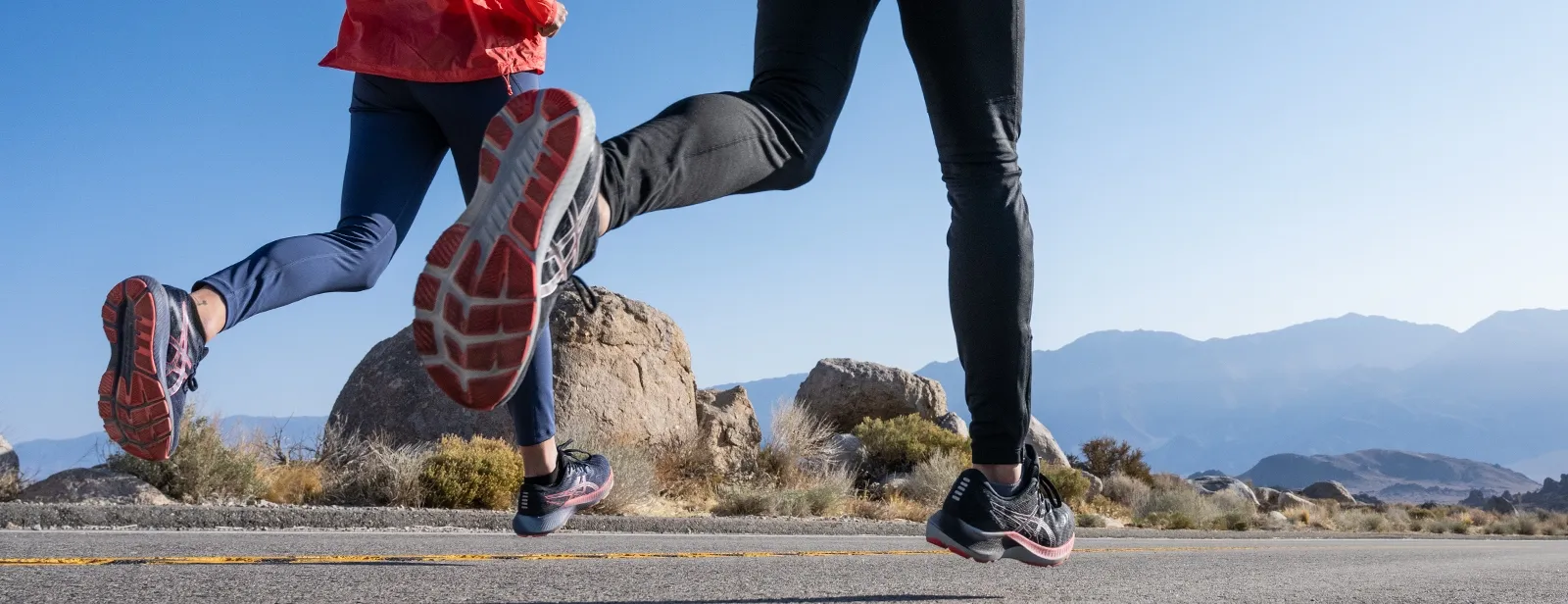
Pronation Guide: What Is Pronation and Why Does it Matter?
May 5, 2022
Pronation describes the way your foot lands and rolls upon impact with the ground. It’s the secret to finding the right running shoe for your running style. Wearing shoes that don’t match your pronation type can have a negative impact on the quality of your run.
Why does pronation matter?
Pronation is unique to each person. Understanding how much support your foot needs from a shoe and getting a shoe that provides that amount of support can enhance comfort, as well as improve the quality and performance of your run.
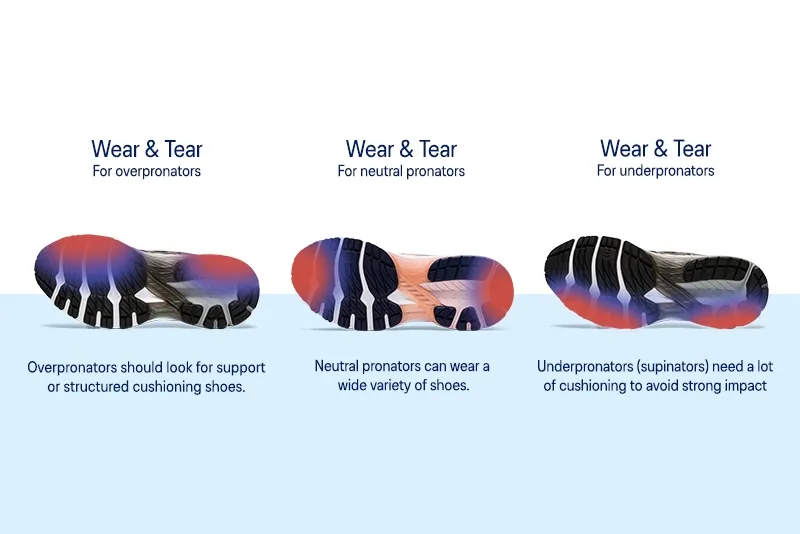
Types of pronation
There are three types of pronation typical in running. These include overpronation, underpronation (or supination) and neutral.
What is considered a neutral foot type?
If you have a neutral foot type, you’re likely to deliver even distribution upon initial contact with the ground. When your foot lands, it follows an S-shaped pattern from the outer heel to the big toe to absorb shock and support your body weight.
Runners with a neutral foot type are generally less likely to experience injuries related to shock absorption.
What is underpronation?
Underpronation (or supination) is when your foot rolls outward upon impact. This can put additional pressure on the outside of your foot and smaller toes, causing increased strain to your ankle and lower leg. Underpronators may be more prone to experiencing running injuries such as plantar fasciitis and shin splints.
What is overpronation?
Overpronation is when your foot lands on the outside heel and rolls or pronates inward. The inner edge of your foot takes the brunt of the impact, leading to pressure in the big toe and second toe. Knowing this, overpronators may experience shin splints, plantar fasciitis, bunions and heel spurs.
How do you know if you overpronate or underpronate?
A quick look at the wear patterns on your running shoes can help you determine your pronation and foot type. There are also some more scientific ways you can analyze your running gait.
1. Take a pronation test to determine your foot type
There are various ways to test what pronation type you have:
- Video Gait Analysis. A video gait analysis works by taking a video of your feet while running on a treadmill. Though you can try this at home, you may want to consider getting a gait analysis performed at an ASICS retail store. An ASICS staff member can slow down the footage and examine the function of your foot and how it moves when hitting the ground. They’ll then explain your running type and recommend an appropriate pair of running shoes.
- Visit an ASICS store for guidance. Receive individual product advice at your local ASICS store. Trained staff members will be happy to assist you with fitting and special services. Find an ASICS store nearest you through our Store Locator.
- Book an appointment with a medical professional. A medical professional, such as a podiatrist, can provide specific advice regarding your individual needs. You can then bring that information into an ASICS store.
Beyond making sure that your running shoes match your pronation type, it’s also important to consider how comfortable and supportive the shoe is.
2. Check your wear patterns on your shoe
Wear patterns won't tell you everything, but they can provide additional clues about how your feet strike the ground. This allows you to determine where you may need extra support and cushioning in your running shoes.
Wear patterns of underpronators/supinators:
- The outside of your running shoes shows the most wear.
- If you put your running shoes on a flat surface, you may notice a slight outward tilt.
Wear patterns of neutral pronators:
- The soles of your running shoes show wear in an S-shaped pattern, from the outer (lateral) heel to the big toe.
- If you put your shoes on a flat surface, you may not notice any tilt.
Wear patterns of overpronators:
- There’s extra wear on the inside of the heel and under the ball of the foot, especially the big toe.
- If you put your shoes on a flat surface, you may notice an inward tilt.
Is it possible to correct supination or overpronation?
It’s important to account for overpronation or supination before it results in an injury. Both supination and overpronation can lead to biomechanical issues that may affect other parts of your body such as your knees and hips. It’s best to address the subject of pronation as part of your process when choosing new running shoes.
Top ASICS shoes for your pronation type
Finding a running shoe that is specifically designed for your foot type is a good place to start. Wearing the recommended shoe can give you the kind of support your body needs to add miles to your run.
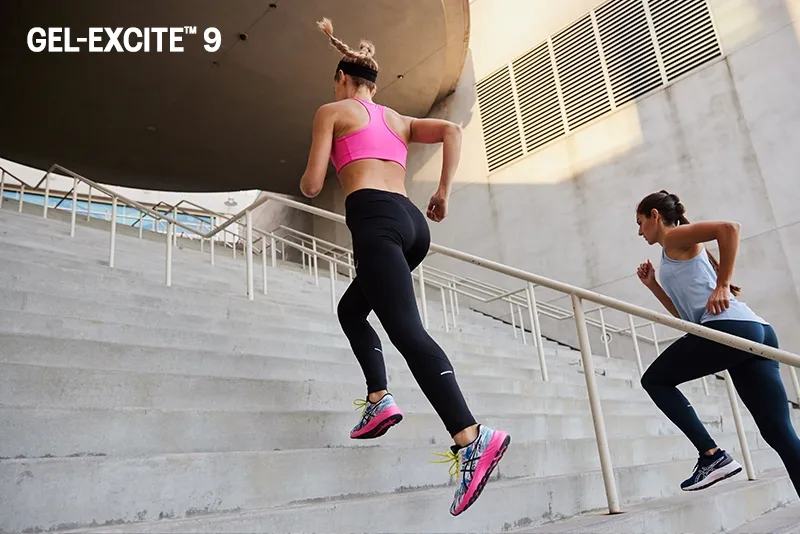
Recommended neutral running shoes
Runners with a neutral pronation may want to look for a running shoe with cushioning underfoot to help to build muscle strength. Other options include running shoes designed for neutral pronation that work with the natural movement of your foot, providing greater control and ground feel.
Which ASICS shoes are best for neutral pronation?
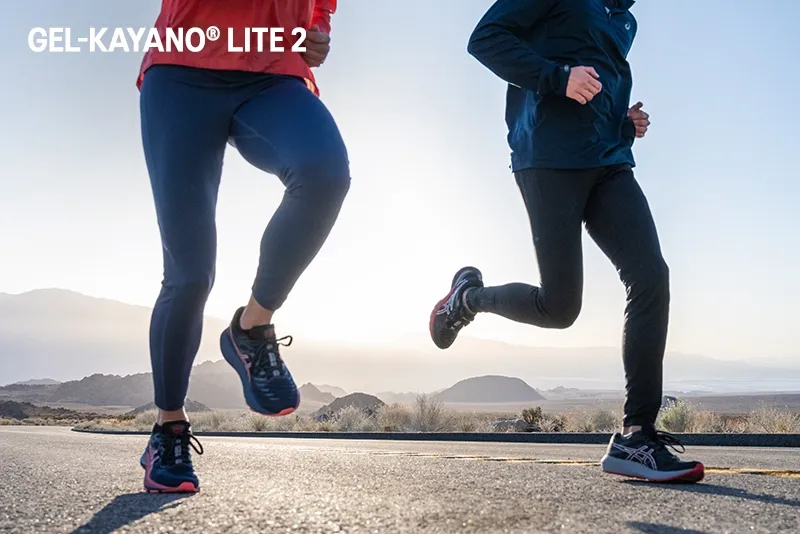
Recommended stability running shoes for overpronators
The best running shoes for overpronation will provide extra medial support and firm midsoles for flatter feet. Look for extra cushioning and stability to help balance out the impact of running and compensate for the tendency to roll your foot inwards. Runners looking for a stability shoe could benefit from ASICS shoes with DUOMAX™ technology.
Which ASICS shoes are best for overpronation?
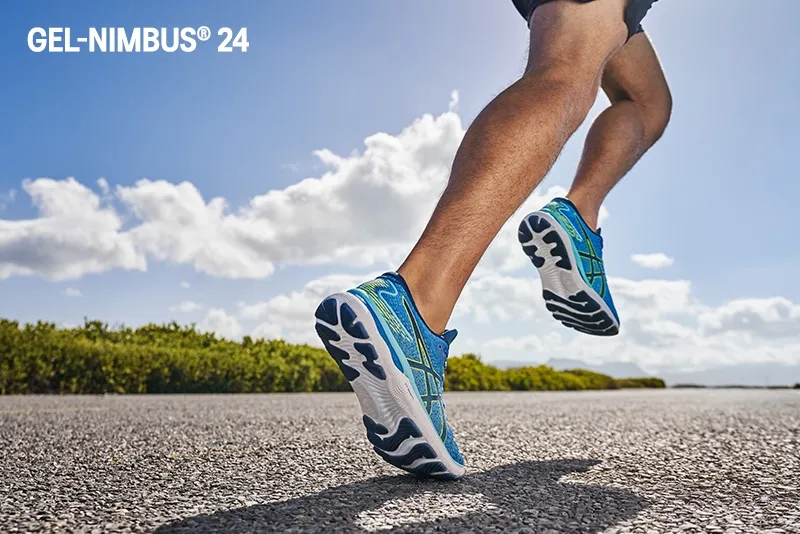
Recommended shoes for supination
Supinators may want a shoe with extra cushioning to help avoid strong impact. If you are a supinator, consider flexible running shoes with added midsole protection to absorb the shock. Supination running shoes with extra cushioning in the heel and outer edge can give you additional support and help reduce outward rolling.
Which ASICS shoes are best for supination?
How reliable is the pronation categorization?
Pronation is traditionally used to categorize people into groups of foot types, such as under-pronators and over-pronators. The problem with this approach is that pronation is a normal movement the body uses to adapt to the ground we walk or run on. Different people will naturally pronate more or less depending on the structure and strength of their foot, their body weight and the speed at which they run.
When considering the right shoe for someone, ASICS in-store employees analyze the individual’s unique pronation and look at how much support the foot needs from a shoe for their chosen activity.
Start by talking to an expert
If you're looking for running shoes that suit your foot type, we recommend speaking to an expert. This can be done in-store with one of our ASICS professionals who can provide you with a gait analysis.









